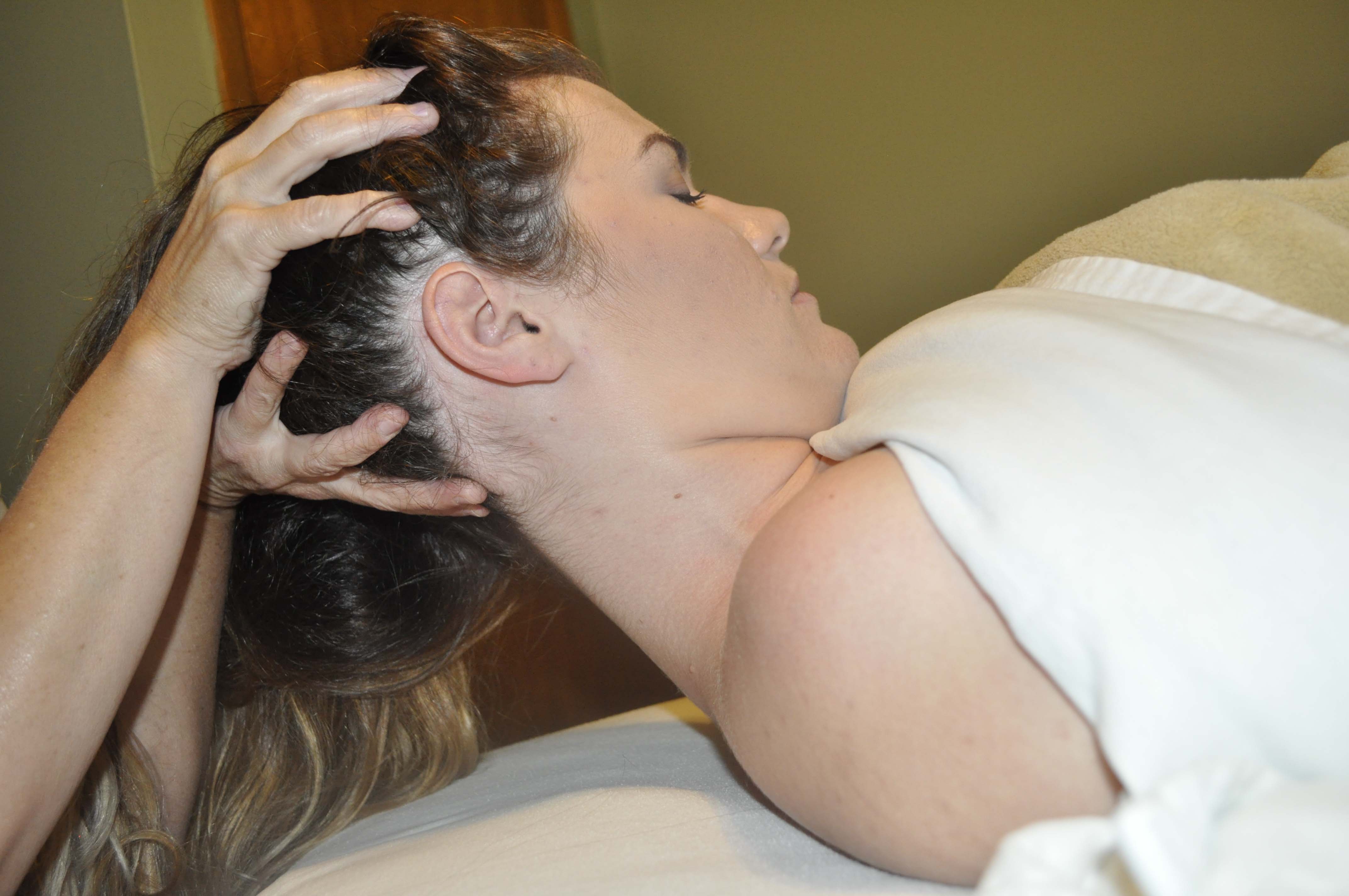
Digital Marketing for Massage Therapists was written for massage professionals and small business owners, as a guide to help you navigate the sometimes complicated world of digital marketing.
After spending thousands of dollars trying to market my massage practice, with very few regular clients in return, I decided to start marketing online.
It took me years to learn all the things I've shared in this book! Literally!
But, when my business finally took off (and it's still doing very well - I'm so busy) - I promised myself I would help others build their business with what I had learned!
That's when I wrote this book!!
Neuromuscular Therapy
Neuromuscular therapy provides trigger point therapy that encourage muscles to release constriction and create normal blood flow.
Many movements can cause our bodies to develop an imbalance of the musculoskeletal system. Golf swings, typing posture, tennis movements, bad running habits (like not stretching), lifting a heavy object or just picking up your child can create a distortion of your posture.
Bodywork eases the tightness and tensions of these imbalances but it also helps us to be aware of a strong mind/body connection that each of us has, and reminds us to take care of ourselves.
Techniques Used
The session usually involves working trigger points (referred pain spots), but targeted tissues may also include tendons and connective tissue that are causing you pain.
This treatment may be applied with thumbs, fingers, arms, elbows or feet and will, most often, use deep pressure. It normally uses the first 10-20 minutes for lighter bodywork to warm up the muscles.
Neuromuscular therapy is used to help:
- Shoulder pain
- Nerve impingement
- Headaches
- Sciatica
- Spasms
- Migraines
- Neck stiffness
- Whiplash
- TMJ
- Tingling in arms and hands
Cost
Typically, around $10-$15 more than a deep tissue massage - on average, $75-$90 per hour.
This Deep Tissue and Neuromuscular Therapies DVD teaches techniques for hips, back, belly, shoulders & neck, as well as how to alleviate pain with 53 highly effective neuromuscular techniques!
You are able to see a 3-dimensional view of the muscles, which have been modeled out of clay and feature computer generated trigger point referral points.
This is one of the video clips of the DVD:
This DVD not only provides instruction, but includes functional work, so you know where to work, and how.
You will also be taught how to work on the tendons, ligaments and muscles with deep tissue strokes, as well as stretches that complete the work.
A 17-page booklet that mirrors the massage techniques shown in the DVD is also included.
A pulled muscle or a spasm in muscle is painful, and the person having the spasm is searching for relief to that pain. The pain is actually caused by ischemia, or lack of blood flow within the muscle.
This means there is a lack of oxygen in the muscle, which in-turn means lactic acid is not being produced as it should.
After the muscle is massaged, the lactic acid is released and normal functioning of the muscle begins as blood and oxygen flow are restored.
The massage will feel painful at first, but, with direct, sustained pressure, massage will help to release the tension and relieve the muscle spasm.
To obtain Continuing Education or Certification in NMT, please visit The NMT Center.
Neuromuscular Therapy is a specialized type of manual therapy that incorporates trigger point myotherapy techniques to add concentrated pressure to muscle in spasm, providing natural, drug-free, relief of pain.
Go back to Massage Education Guide Homepage
Go back to Massage Techniques from Neuromuscular Therapy

New! Comments
Have your say about what you just read! Leave me a comment in the box below.